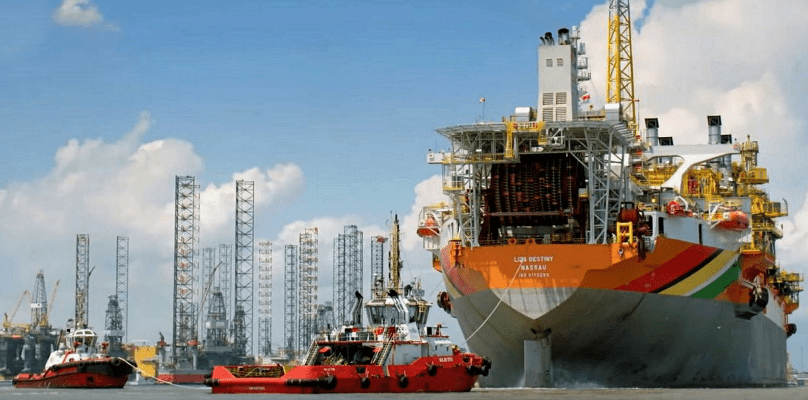Even though the world is witnessing an unprecedented increase in efforts to transition to cleaner sources of energy starting with natural gas, there is still very little evidence of explorers going after this resource for 2021. This is according to Westwood Energy, an industry leader in oil and gas market research.
In its latest report, the consultancy group said that 2021 is expected to see the lowest proportion of high impact exploration wells targeting gas in more than a decade.
Overall, Westwood said that 32% of high-impact wells targeted gas prospects in 2011-2019 while adding that the highest proportion was in 2019 when ~45% of high impact wells targeted gas. The group said that this was due to drilling campaigns by BHP in deepwater Trinidad, BP in MSGBC (Mauritania, Senegal, Gambia, Guinea-Bissau and Guinea-Conakry-Basin) and Exxon/Eni in the Eastern Mediterranean.
Westwood said, too, that there were also slight increases in 2014 and 2015 as East Africa was drilled out. Be that as it may, it said that oil has remained the primary target throughout the period accounting for two-thirds of high impact exploration wells.
Turning its attention to 2020 statistics, the consultancy group said a number of primarily European exploration and production companies changed their strategy in response to the energy transition– including commitments to reduce emissions from combustion of their products, while emphasizing the role of natural gas.
Westwood said these changes in strategy are, however, yet to be reflected at the exploration drillbit.
In 2020, Westwood said that 71% (52) of high impact wells targeted oil prospects, with the focus on offshore Brazil, Suriname-Guyana, the Norwegian Barents, and the US Gulf of Mexico. It said only the Nile Delta saw more than three high impact wells targeting gas.
For this year, Westwood is projecting that there would be more focus on oil prospects, with ~83% of wells expected to target oil. It said that hot spots for oil exploration will be Mexico’s Campeche Salt Basin (>10 wells), Brazil’s pre-salt (5-6 wells), Suriname-Guyana (>10 wells) and the North Sea (>5 wells).
Gas or gas condensate exploration will be concentrated in the Levantine Basin of the Eastern Mediterranean, Myanmar’s Rakhine Basin, and the South Caspian. All are either close to local gas demand centres or have existing routes to market with available capacity.
Westwood also estimates that 71% of the risked resource being drilled out in 2021 is oil, the second-highest proportion in the last decade.
It said that the reason for this is that most of the world’s exploration and production companies have not yet committed to reducing their scope 3 emissions and are therefore not specifically targeting natural gas exploration as part of an energy transition strategy. The consultancy group said the focus is still on near term targets of reducing Scope 1 and 2 (operational) emissions to maintain a licence to operate.
It further noted that the industry has already found more natural gas than it needs or can commercialize in current market conditions.
In fact, 36 billion barrels of equivalent gas resources discovered between 2008-2016 remains in the ground with no current plans for development. The consultancy group said that going forward, the exploration for gas will focus on plays where the route to market is clearer. It stressed however that big gas prospects with access to an attractive gas market that can be commercialized quickly are hard to find.
Until this equation changes explorers will still tend to favour oil, Westwood noted.



